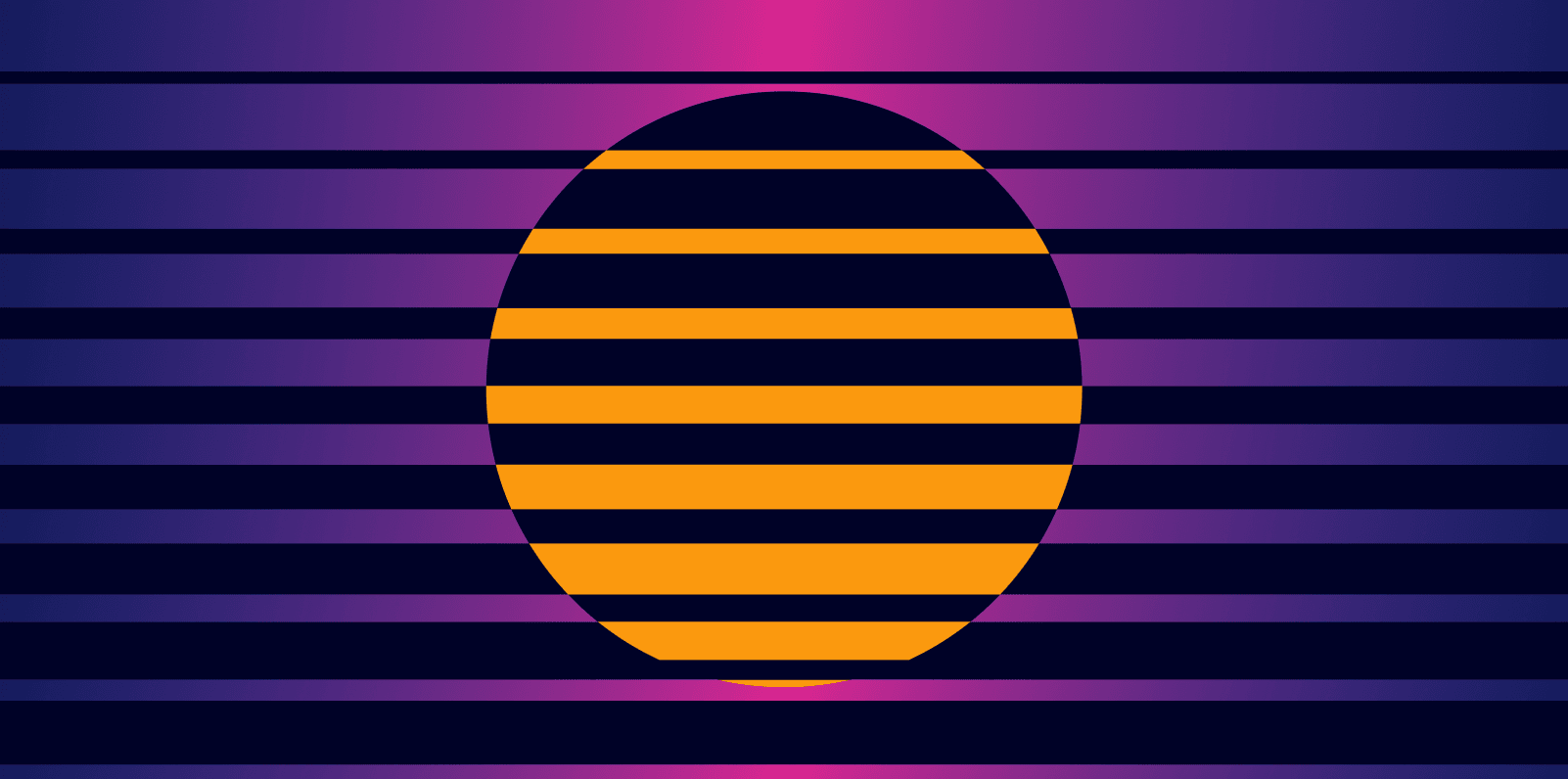0.00%

Signals
Solar Just Beat Global Demand for the First Time
Most energy companies are still positioning solar as the "clean" choice. The environmentally responsible option. The sustainability play.
They're behind.
Solar is now the cheapest and fastest-to-deploy source of new electricity generation on the planet. And for the first time in history, outside of a global crisis, it grew faster than the world could consume it.
The Numbers the Industry Can't Stop Talking About
The renewable energy world is gushing about these figures, and rightfully so. According to energy think tank Ember, solar and wind added 635 TWh of new generation in the first three quarters of 2025, outpacing the 603 TWh rise in global electricity demand. Solar alone grew 31% year-over-year, surpassing its entire 2024 output before the year even ended. Fossil fuel generation flatlined for the first time since the pandemic.

Source: Q3 Global Power Report, Ember
The problem is that the conversation rarely extends beyond industry insiders. These numbers should be reshaping how energy companies talk about themselves to the broader market. Most haven't caught up yet.
This shift is structural, and developers know it. In the U.S., they've responded by locking in tax-credit eligibility for 33 GW of solar and wind capacity through 2028, according to LevelTen Energy's Q4 2025 report.
But that certainty ends quickly. After 2028, only 38% of solar projects and 16% of wind projects slated for 2029 and beyond have secured their credits. Developers are pivoting to hybrid storage systems and mature assets, pulling back from greenfield development. The window to build is narrowing.
COP30 Puts the Gap in Focus
That urgency is front and center as COP30 wraps up in Belém, Brazil. The conference has centered on delivering Paris Agreement commitments made a decade ago, with particular focus on tripling renewable energy capacity by 2030.

According to IRENA's analysis, existing national climate targets aim to collectively reach 6.9 TW by 2030. The tripling goal requires 11.2 TW. That's a 60%+ gap that needs to close in five years.
The NDC Synthesis Report released ahead of COP30 found that solar stands out as one of the areas with both the strongest potential and the greatest need for support. Three in four countries included quantitative targets for tripling renewable capacity.
And the Brookings Institution noted that beyond the formal negotiations, "growing demand for electricity from AI and data centers requires rapid development of new electricity generation—a need that renewables are well-suited to meet."
Which brings us back to the real question: who's positioned to capture that demand?
Where Brand Strategy Comes In
The grid doesn't discriminate on where electrons come from. A molecule is a molecule. With AI data centers and electrification driving unprecedented demand growth, renewable energy has become necessary energy. Solar happens to be the fastest path to meeting it.
We recognized this early in our work with Nextpower (formerly Nextracker). When they came to us, they were known for solar tracking systems. But their trajectory pointed to something bigger: an integrated energy solutions company capable of meeting the full scope of utility-scale demand. The rebrand from Nextracker to Nextpower signaled their evolution from component manufacturer to end-to-end energy partner.
That's the opportunity for every company in this space. The conversation has shifted from "clean vs. traditional" to "who can deliver the most power, the fastest." Energy companies that reposition now, before demand outpaces their brand narrative, will own the next decade. The ones still leading with "sustainability" are already playing catch-up.
Ready to reposition your energy brand for the demand that's already here? Let's talk.

About Matic
We're a B2B transformation agency creating strategic advantage through branding, websites, and digital products.


